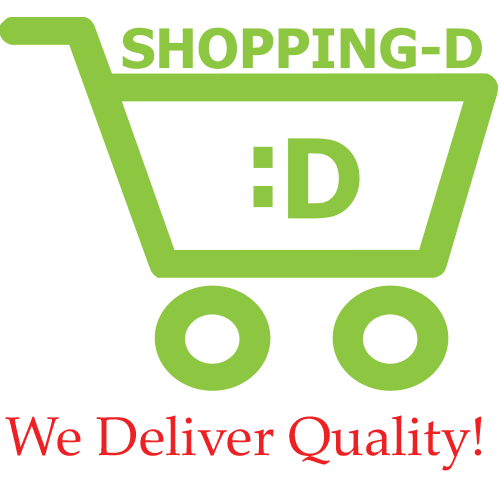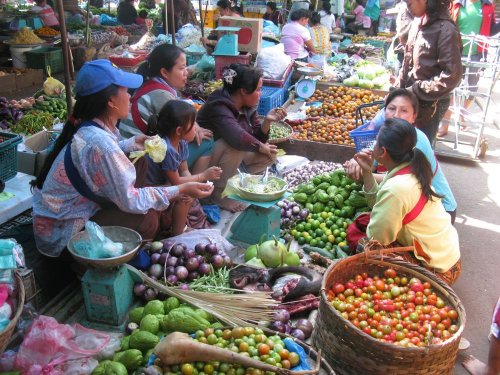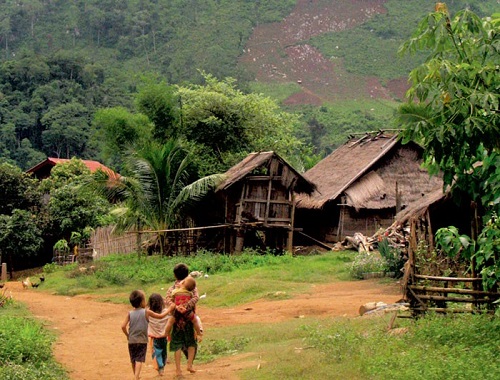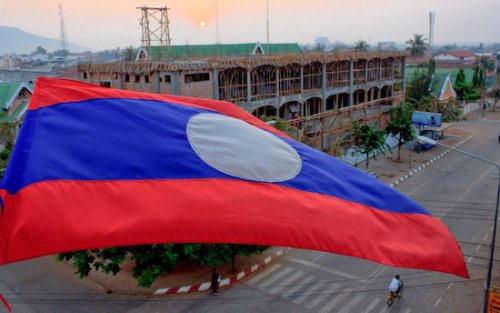Inflation Trending Downwards But Still High
Source: Vientiane Times
The Consumer Price Index (CPI) has dipped in recent months after inflation peaked at 6.94 percent in January.
But many people are still complaining about rising prices in Lao markets as it puts pressure on families and causes hardship, making it difficult for them to rise out of poverty and improve their way of life.
According to a report from the Lao Statistics Bureau, the CPI stood at 114.22 points in November, resulting in an inflation rate of 2.84 percent year-on-year, down from the 3.63 percent recorded in October.

Say goodbye to sugar and calories, and hello to fresh sparkling hydration at home or on-the-go !
The changes in the CPI occurred as a result of the weakening value of the kip against the Thai baht and US dollar, as Lao businesses have to buy more foreign currencies to buy imported products.
The inflation rate was largely driven by the food and beverage category which surged by 4.1 percent year-on-year.
However, compared to October, the month-on-month inflation rate decreased by 1.01 percent in November.
For instance, the price of rice declined by 2.18 percent month-on-month, meat 0.01 percent, and poultry 0.21 percent.
But the price of cucumbers, tomatoes, beans and other vegetables is still rising despite the government’s policy to boost the level of domestic production.
The inflation rate in the clothing and footwear category rose by 0.97 percent month-on-month and 4.41 percent year-on-year, with clothing increasing by 4.87 percent year-on-year.
The cost of household goods went up by 0.15 percent month-on-month and 4.18 year-on-year. The price of interior décor items rose by 6.83 percent year-on-year while the cost of furniture and kitchen goods increased by 3.87 percent year-on-year.
Prices in the medical care category climbed by 0.07 percent month-on-month and 5.45 percent year-on-year, with medicines and
medical equipment increasing by 5.09 percent year-on-year, and the cost of medical treatment in hospitals rising by 2.72 percent year-on-year.
Costs in the communication and transport category went up by 0.57 percent year-on-year, with transport costs rising by 2.41
percent year-on-year. However, the cost of fuel decreased by 1.04 percent month-on-month.
The cost of post and telecommunication services rose by 5.05 percent year-on-year.
It is interesting to note that prices in the hotel and restaurant category declined by 2.33 percent year-on-year. This sector has been hard hit by the Covid-19 pandemic as a result of travel restrictions imposed to contain the virus, resulting in a sharp decline in foreign visitors.
One of the main challenges for Laos is how to manage the currency exchange rate. The pandemic is disrupting exports, the inflow of foreign visitors and foreign investment in Laos, which are the main sources of foreign currency earnings.
Most traders base the price of their products on foreign currencies, particularly the Thai baht and US dollar, to decrease the risk of losing money.
Last year, the inflation rate averaged 3.32 percent, according to the Bank of the Lao PDR.
Inflation soared to 6.94 percent in January this year before dipping to 6.24 percent in February, 6.14 percent in March, 5.84 percent in April, 5.46 percent in May, 5.28 percent in June, 5.12 percent in July and then rising to 5.84 percent in August before declining to 4.63 percent in September.





